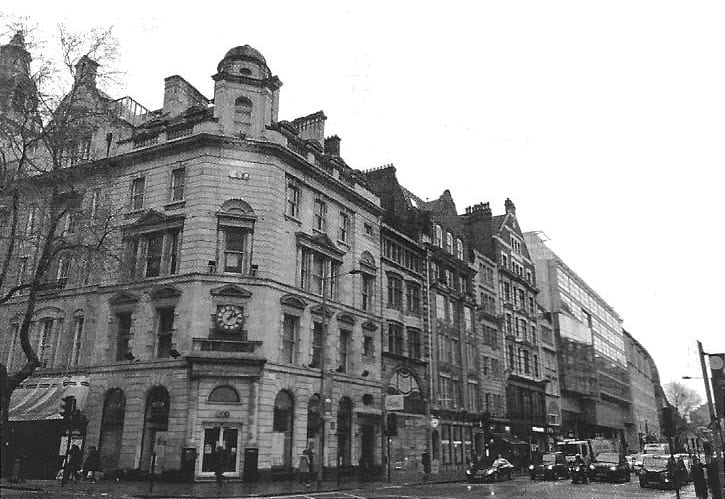Family history can sometimes throw up some interesting stories and coincidences. One evening in 2017 I came across a notice in the London Gazette which surprised and intrigued me.
I had been researching my family history on the Newberry side and came across Rachel Newberry who was the wife of Nathaniel Newberry, my 1st cousin, 7 times removed, so not a direct ancestor. Rachel had died in Southampton Row, London in 1818, and I Googled “Rachel Newbury Southampton Row” – it’s surprising how often one can find something by Googling a name and a place. Nevertheless, I was amazed to come across a notice from the 12 October 2016 issue of The London Gazette relating to the same Rachel Newberry!
The notice had been placed by a firm of solicitors in Maidenhead, asking for any knowledge of the identity and whereabouts of any descendants of Rachel Newberry, the freehold owner of 14 West Street, Maidenhead, who had died in Southampton Row on 9 May 1818 (aged about 85 years).
Her husband, Nathaniel Newberry, died a wealthy man in 1790 and owned property in Taplow, Cookham, Maidenhead and Bray, as well as London. In researching my family history I had found several instances of wealth in various branches of my family, but such wealth always bypassed my direct lineage!
Having come across this reference to Rachel Newberry some 200 years after her death, I felt compelled to write to the solicitors. I soon received an email from a lady who had been employed to research the history of the property in Maidenhead, which, it turns out, was the Maidenhead Quaker Meeting House. A 999 year lease on the Meeting House had been granted by Rachel Newberry in 1805, and the Maidenhead Quakers wanted to trace any of her heirs with a view to buying the freehold.
Now the coincidence. My wife’s sister (who lives in Reading) is a Quaker but I did not know she was a Trustee of Mid Thames Quakers who own all the Quaker property in the Mid Thames area, including the leasehold of Maidenhead Meeting House. She had been one of the trustees who had commissioned the research and appointed the Maidenhead solicitors. When the researcher reported that a certain David Moseley had replied to the London Gazette notice it turned out to be her brother-in-law!
Not being a direct heir I did not pursue any claim to the property. I also waived my claim to 200 years of back rent, which I think amounted to slightly less than £5! The Quakers have since succeeded in buying the freehold.

Rachel made a Will on 13 December 1817, which was proved 20 July 1818 and is held at the West Glamorgan Archive Service in the papers of James and Collins Collection (a Swansea firm of solicitors). It states she bequeathed her estate near Maidenhead to her great nephew John Forkes. She also left a legacy of £20 to the British and Foreign Bible Society.
Rachel was a subscriber to the Institution for the Cure and Prevention of Contagious Fever in the Metropolis in 1803. Rachel was also one of the original subscribers to the Capital Joint Stock of the Sierra Leone Company (instituted for the promotion of the Civilization of Africa) in 1792, purchasing 1 share at £50. So it would seem that she was of a philanthropic nature.
Southampton Row is a major thoroughfare in central London, and is, and has, since Rachel’s time, been home to numerous artistic and educational venues as well as hotels. There are several large and magnificent properties which look to predate when Rachel was there.
About the Friends Meeting House in Maidenhead
In the early eighteenth century, Friends met in each other’s homes. In 1734, a meeting house was built on land leased from William Wickens. In 1803, a replacement building was privately built by Hannah Wilson and Rachel Newberry on the present site (14 West Street, Maidenhead). It was built by John Cooper who won the contact in 1801 (his son, Charles, went on to be Mayor of Maidenhead). In 1805 or 1809 they donated it to the Monthly Meeting. In 1871-96, Quaker use briefly lapsed and the building was used as a club for the poor and as a chapel for the Plymouth Brethren. In 1927, the building was deemed unsafe, it was demolished in 1934-5 and a new building erected in 1935.
The local council has identified West Street as a ‘key development area’ and is currently discussing a number of options, some of which propose the demolition of the meeting house.
